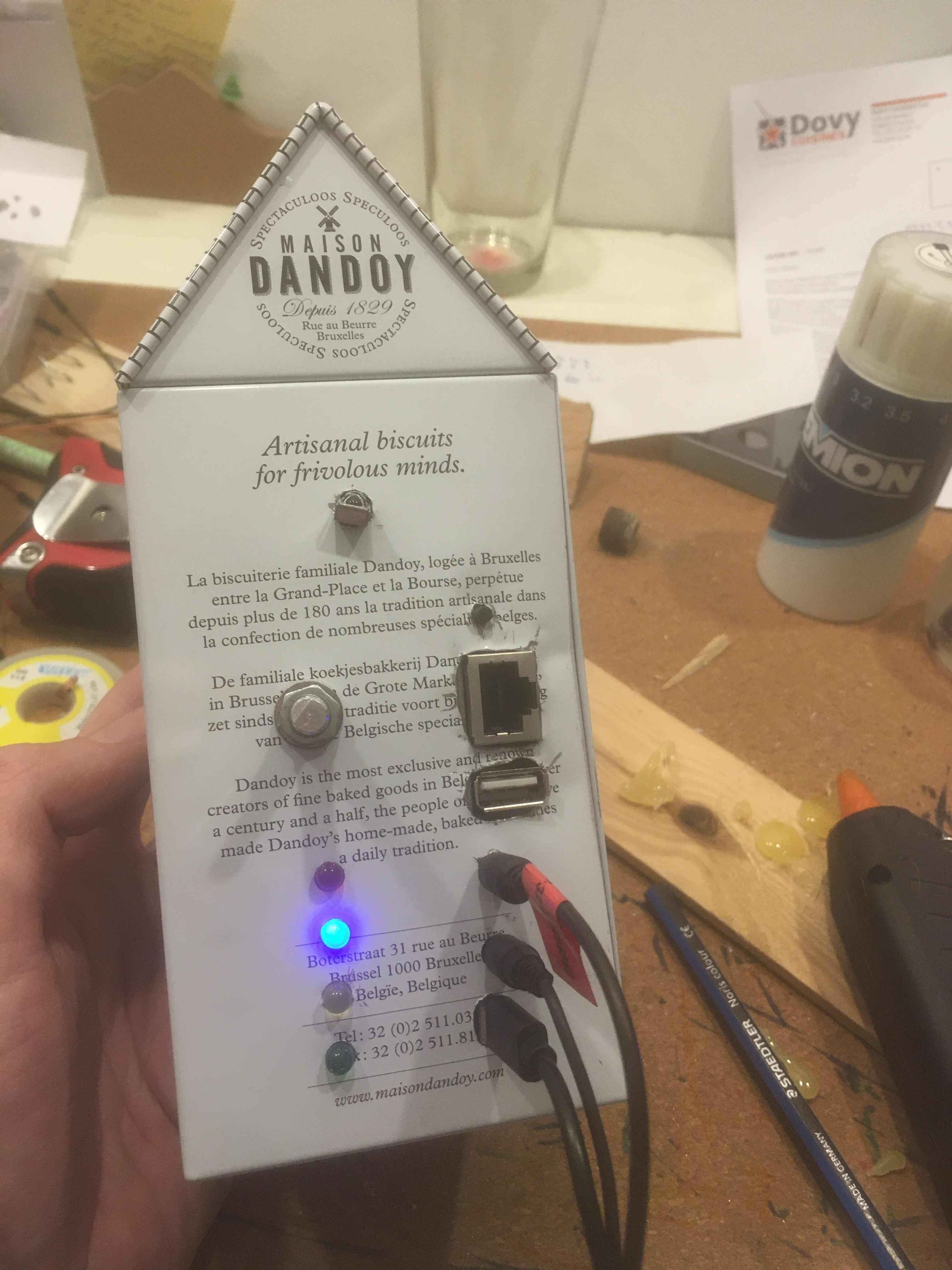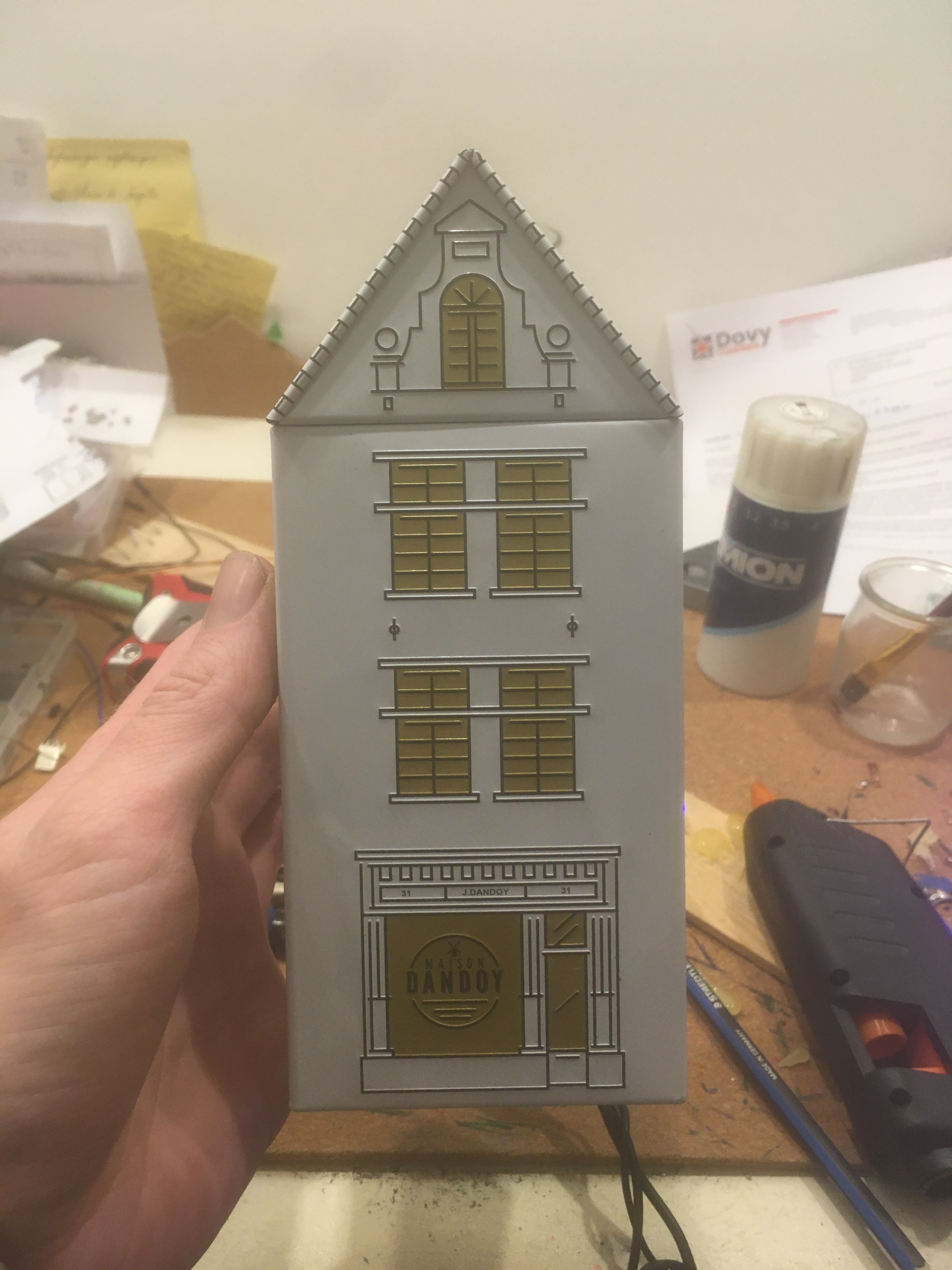The Mrs wants a little boom box with a CD player. Emphasis on 'little' and CDP being for hassle free use. Now the maximum size of the box agreed is approx 260x220x180mm. Given this will be listening to music whilst doing other stuff, this doesn't need to blast in terms of volume but my own personal requirement is decent sound quality. The size of the box means this will not be a bass bombastic box but will get full range down to a decent level without resorting to tricks.
I've ordered the Mark Audio CHN-50 drivers - 50mm, ~4ohm and will make small vented speaker cabinets out of 12mm plywood to a proven design with these drivers. The nominal power rating for these are 7 watts. Yes seven whole watts.
I could have gone for the 20 watt Puvia 7.2HD drivers - better overall but also needing a far larger cabinet (ie each being 450mm+ high, 8 litre capacity minimum) and thus blowing the 'small' requirement.
As the box is small, but the power requirements also <20 watts, I have options for amplifications:
* Class A/B - good sound, produces heat but can drive 4ohm drivers easily.
* Class D - decent sound nowadays, can be sensitive to driver load resulting in increased distortion but would run stone cold without needing heat sinking. 4ohm is more of a challenge than A/B.
USB CD slot load -> RPi -i2s-> DAC -> opamp -> TDA chip amp -> driver.
It should be possible to use a RPI zero 2, with a small touch screen/buttons to run a media player including streaming WiFi radio. The digital out from the RPI can drive a decent DAC and a simple opamp to buffer the DAC output.
When I'd looked at the Puvia 20W speakers I came across TDA chip amps that can do A/B at 100W into 4ohm! So I could take a design around that and build an A/B amp with a lower wattage part.
I'm still considering which DAC to use - one option is a ESS 32bit DAC that would allow I2S and would work easily with the RPI.
Powering this all should then be easy enough with small regulated supply, completing the box.
Will keep you updated during the build.
I've ordered the Mark Audio CHN-50 drivers - 50mm, ~4ohm and will make small vented speaker cabinets out of 12mm plywood to a proven design with these drivers. The nominal power rating for these are 7 watts. Yes seven whole watts.
I could have gone for the 20 watt Puvia 7.2HD drivers - better overall but also needing a far larger cabinet (ie each being 450mm+ high, 8 litre capacity minimum) and thus blowing the 'small' requirement.
As the box is small, but the power requirements also <20 watts, I have options for amplifications:
* Class A/B - good sound, produces heat but can drive 4ohm drivers easily.
* Class D - decent sound nowadays, can be sensitive to driver load resulting in increased distortion but would run stone cold without needing heat sinking. 4ohm is more of a challenge than A/B.
USB CD slot load -> RPi -i2s-> DAC -> opamp -> TDA chip amp -> driver.
It should be possible to use a RPI zero 2, with a small touch screen/buttons to run a media player including streaming WiFi radio. The digital out from the RPI can drive a decent DAC and a simple opamp to buffer the DAC output.
When I'd looked at the Puvia 20W speakers I came across TDA chip amps that can do A/B at 100W into 4ohm! So I could take a design around that and build an A/B amp with a lower wattage part.
I'm still considering which DAC to use - one option is a ESS 32bit DAC that would allow I2S and would work easily with the RPI.
Powering this all should then be easy enough with small regulated supply, completing the box.
Will keep you updated during the build.



 For speaker enclosures you want the least resonance from the wood in addition to some dampening material. Typically people will use MDF or better HDF (high density) in cab building but MDF in practice isn't as good as birch ply as long as this has a decent number of layers. So 9 layers for 12mm or 13 layers for 18mm being about optimal. The result should be little resonance from the panels. Then I'll add dampening material to reduce the reverberation inside.
For speaker enclosures you want the least resonance from the wood in addition to some dampening material. Typically people will use MDF or better HDF (high density) in cab building but MDF in practice isn't as good as birch ply as long as this has a decent number of layers. So 9 layers for 12mm or 13 layers for 18mm being about optimal. The result should be little resonance from the panels. Then I'll add dampening material to reduce the reverberation inside.


